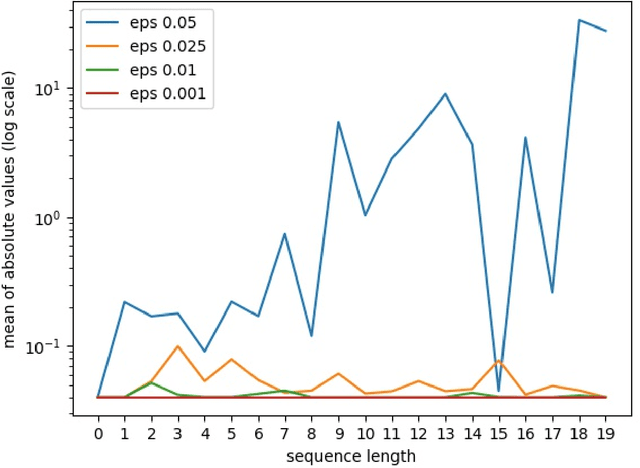Word2rate: training and evaluating multiple word embeddings as statistical transitions
Paper and Code
Apr 16, 2021


Using pretrained word embeddings has been shown to be a very effective way in improving the performance of natural language processing tasks. In fact almost any natural language tasks that can be thought of has been improved by these pretrained embeddings. These tasks range from sentiment analysis, translation, sequence prediction amongst many others. One of the most successful word embeddings is the Word2vec CBOW model proposed by Mikolov trained by the negative sampling technique. Mai et al. modifies this objective to train CMOW embeddings that are sensitive to word order. We used a modified version of the negative sampling objective for our context words, modelling the context embeddings as a Taylor series of rate matrices. We show that different modes of the Taylor series produce different types of embeddings. We compare these embeddings to their similar counterparts like CBOW and CMOW and show that they achieve comparable performance. We also introduce a novel left-right context split objective that improves performance for tasks sensitive to word order. Our Word2rate model is grounded in a statistical foundation using rate matrices while being competitive in variety of language tasks.
 Add to Chrome
Add to Chrome Add to Firefox
Add to Firefox Add to Edge
Add to Edge